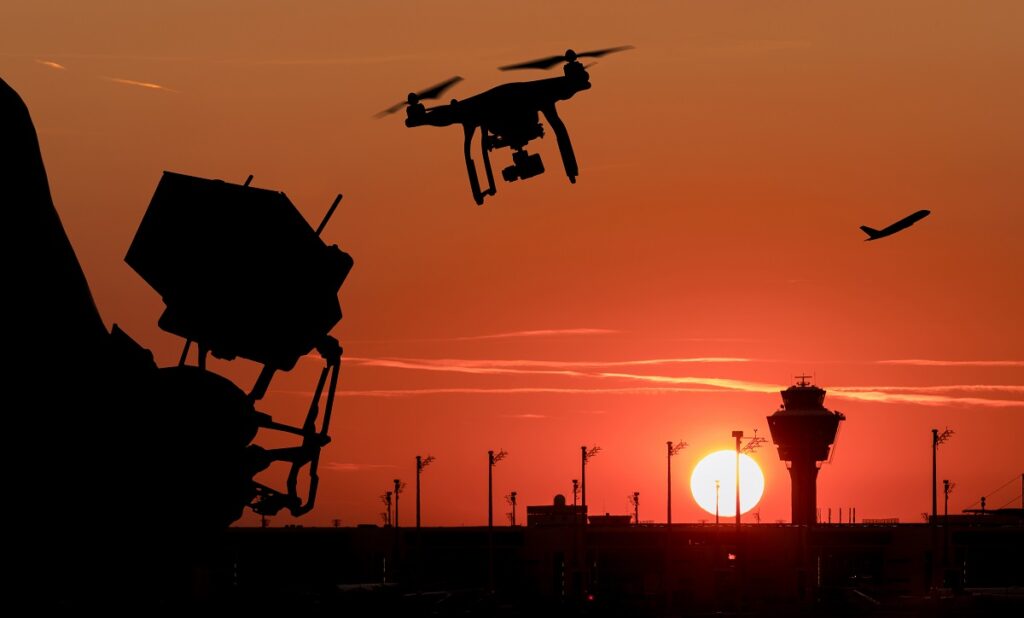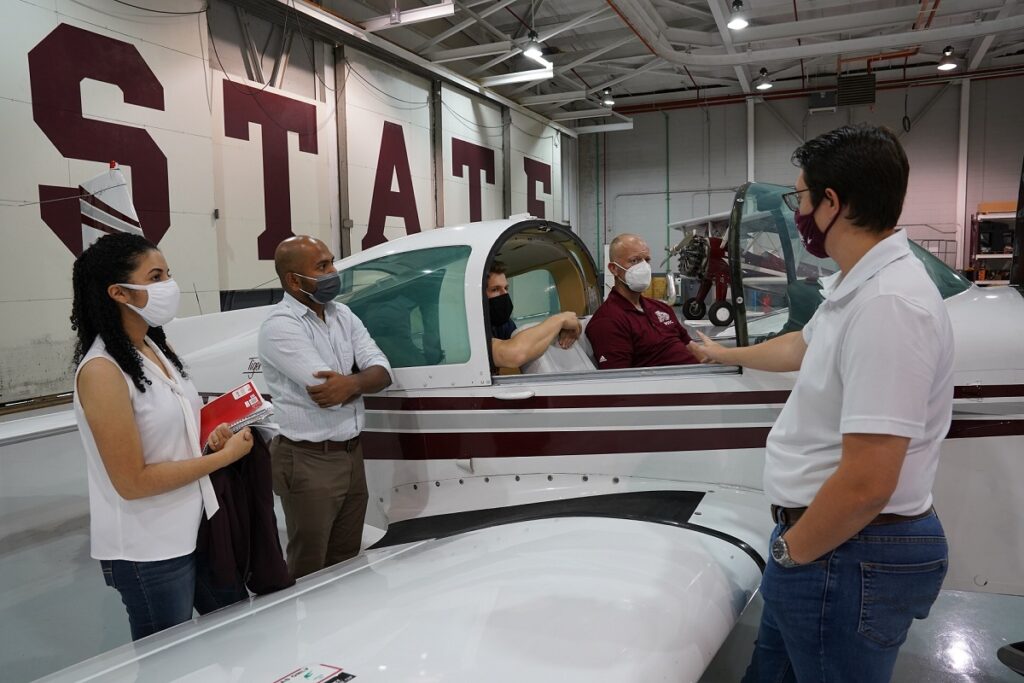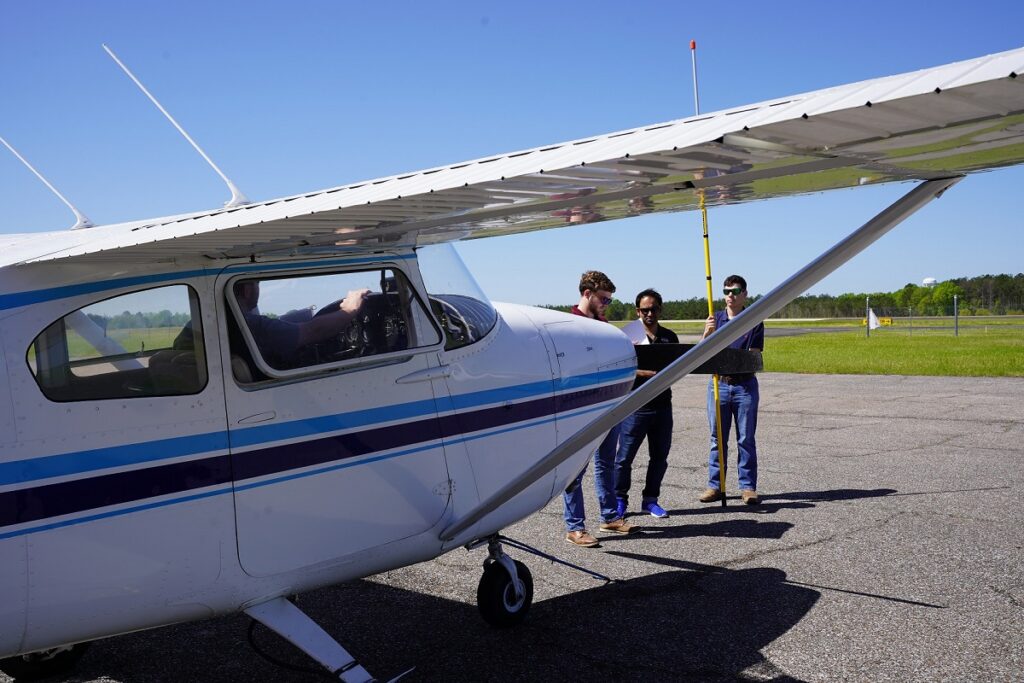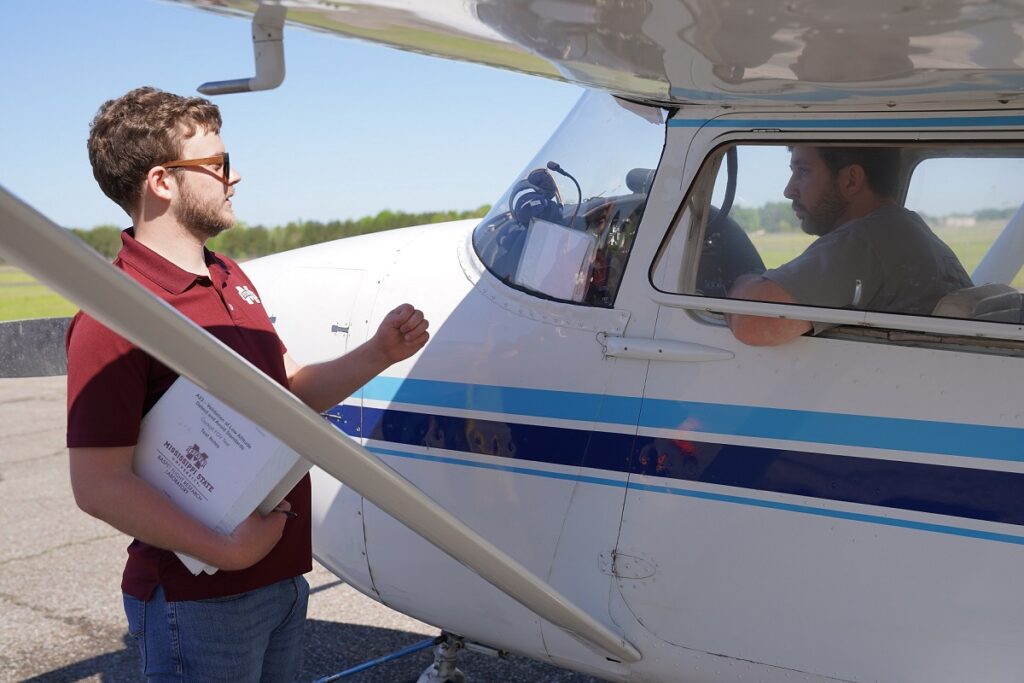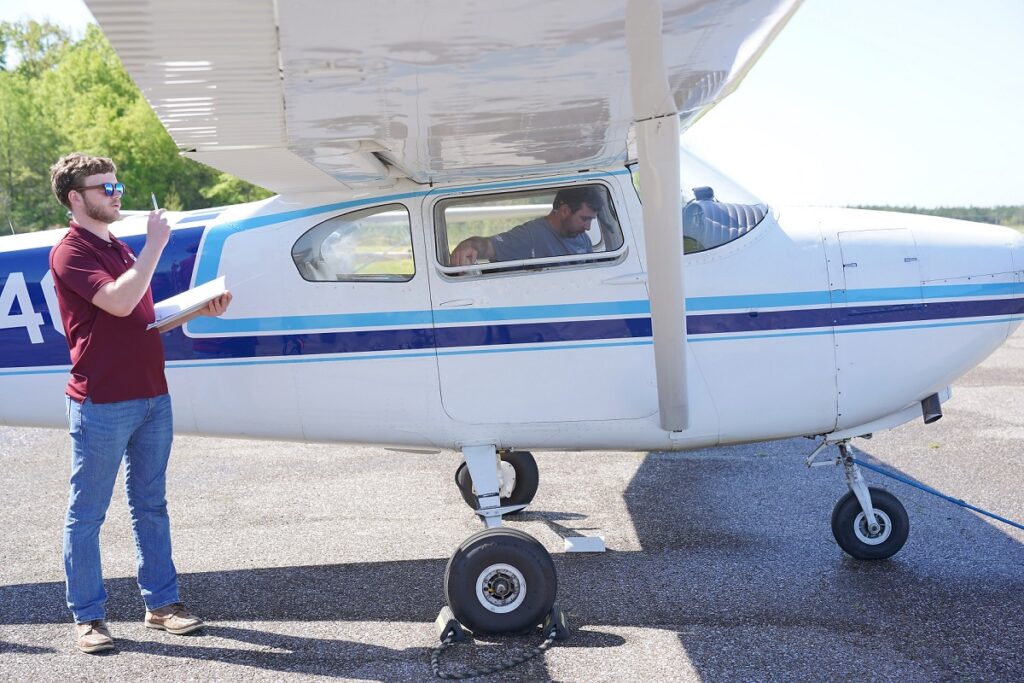RELATED CAPABILITIES:
Verification & Validation of Low Altitude Detect and Avoid Standards (A23_A11L.UAS.55)
The tasking for this work validates prior research in the performance of human pilots to detect other air traffic, assesses the potential for conflict, and analyzes potential maneuver options for avoidance against an intruder aircraft when a potential conflict exists. The results of data and analyses conducted during this effort will be used by FAA to support a determination of whether the risk ratio safety performance thresholds defined in the ASTM Detect and Avoid (DAA) standard are adequately safe by comparing them to the measured ability for onboard pilots flying at lower altitudes to see-and-avoid other aircraft. This project measured on-board pilot visual acquisition performance against other aircraft at low altitudes. The research products will be combined with the outcomes from other tasks to establish UAS DAA safety risk ratio performance requirements for small and medium sized UAS operating at low altitudes. Finally, the research will inform future regulatory updates to UAS right-of-way rules, DAA performance standards, and collision avoidance standards. Deliverables will provide new insights into manned aviation safety and reported UAS sightings.
TEAM: MSU
FINAL REPORT | 
POC:
Kyle Ryker
Research Engineer, Raspet Flight Research Lab
Mississippi State University
Email: kryker@raspet.msstate.edu
Phone: 662-325-2395

